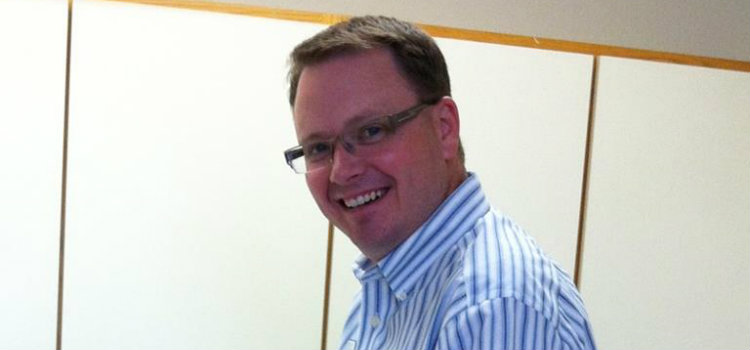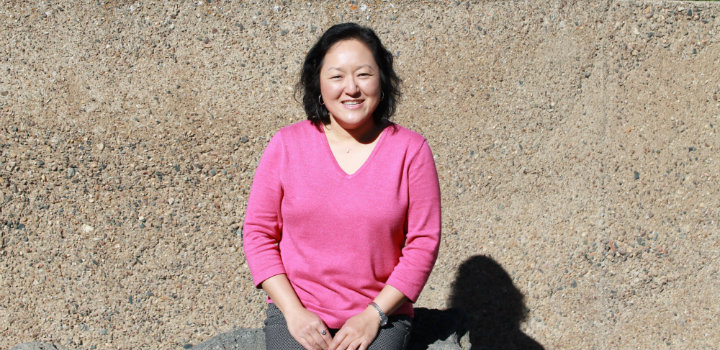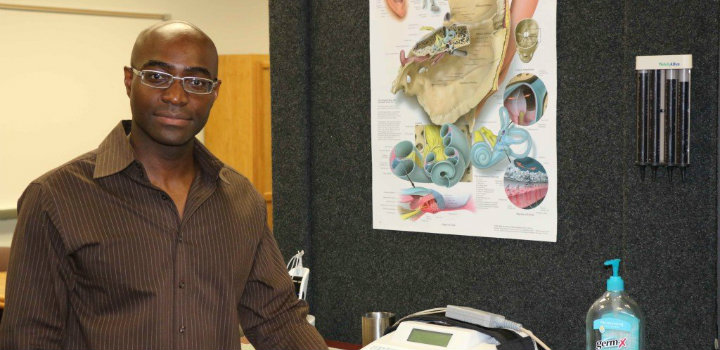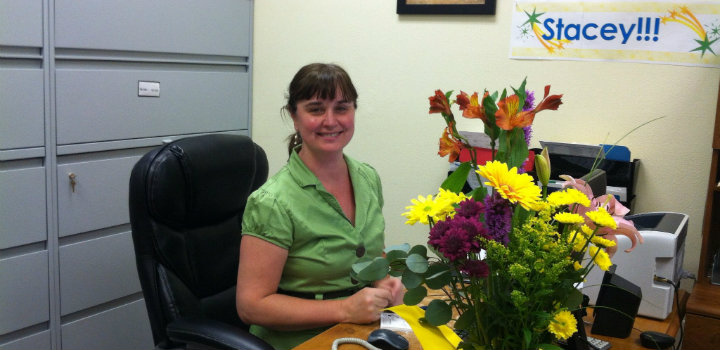Information for Summer 2 Students
What to expect during the second summer and academic year:
During your second summer at NAU, you will be taking the following classes:
Summer session 1
CSD 521 – Communication Disorders: Birth – 3
CSD 551 – Motor Speech Disorders
Summer session 2
CSD 651 – Fluency: Diagnosis and Treatment (2 credit hours – weeks 1-3)
CSD 515 – Augmentative & Alternative Communication for SLPs (1 credit hour – week 4)
CSD 554 – Quantitative and Qualitative Methods in SLP
Second academic year
Fall Online: Graduate elective of your choice
Spring Online: Graduate elective of your choice
Note that both electives can be taken during a single semester and should be passed with an “A” or “B”.
Frequently Asked Questions (FAQs)
What are acceptable elective courses? Accordion Closed
Any elective selected should be graduate level, relevant to the field, and advance your professional objectives. Many students use elective classes as an opportunity to learn more about particular disorders or interventions (e.g., autism, AAC). The most popular course prefixes include DIS (Disability Studies) and ESE (Fundamentals of Special Education). Electives must be formally approved by your advisor (see the Pre-approval to Take a Course Elective form located on the CSD website under “Other Forms”).
I noticed that Graduate Research and Independent Study are possible electives. How do these options work? Accordion Closed
As an alternative to standard elective options, students may choose to take 1-6 units of Graduate Research (CSD 685) or 1-3 units of Independent Study (CSD 697) in conjunction with a CSD faculty member. Participation in Graduate Research or Independent Study generally happens in one of two ways: Students either develop a research question or topic of independent study that is then approved by a faculty “director” or (more typically) a student is invited by faculty to join an ongoing research effort. In either case, the student must complete a CSD Individualized Study (IS) Contract located on the CSD Forms page under “Other Forms”. This form requires a detailed project description and must be approved by both the faculty director and student advisor prior to course registration. Students must additionally complete online (CITI) IRB training before the start of CSD 685.
I am interested in beginning to prepare for my clinical rotations next year. Is there anything I can do now? Accordion Closed
Yes. This is a good time to start developing your resume and thinking about potential externship sites. Because many states require that clinical experiences occur in three settings for temporary licensure, start laying the groundwork for obtaining clinical clockhours in at least two settings during Practicum 1 and Practicum 2. Many students are employed already in multiple settings (e.g., clinic, home health, private practice, school). Oftentimes supervisors are employed in multiple settings — it may be possible to get at least a few hours in more than one setting with the same supervisor. Note that obtaining clinical clockhours in a non-employment setting will require the establishment of an affiliation agreement between the NAU College of Health and Human Services and the site of interest — make sure you talk to your student advisor well in advance if you would like to pursue clockhours in a setting at which you are not employed. For clinics and private practices at which you are not employed, you’ll want to notify your student advisor at least 6 weeks in advance; for hospitals or other medical settings, you may want to notify your student advisor 9-12 months in advance to allow sufficient time to get an affiliation agreement in place.









